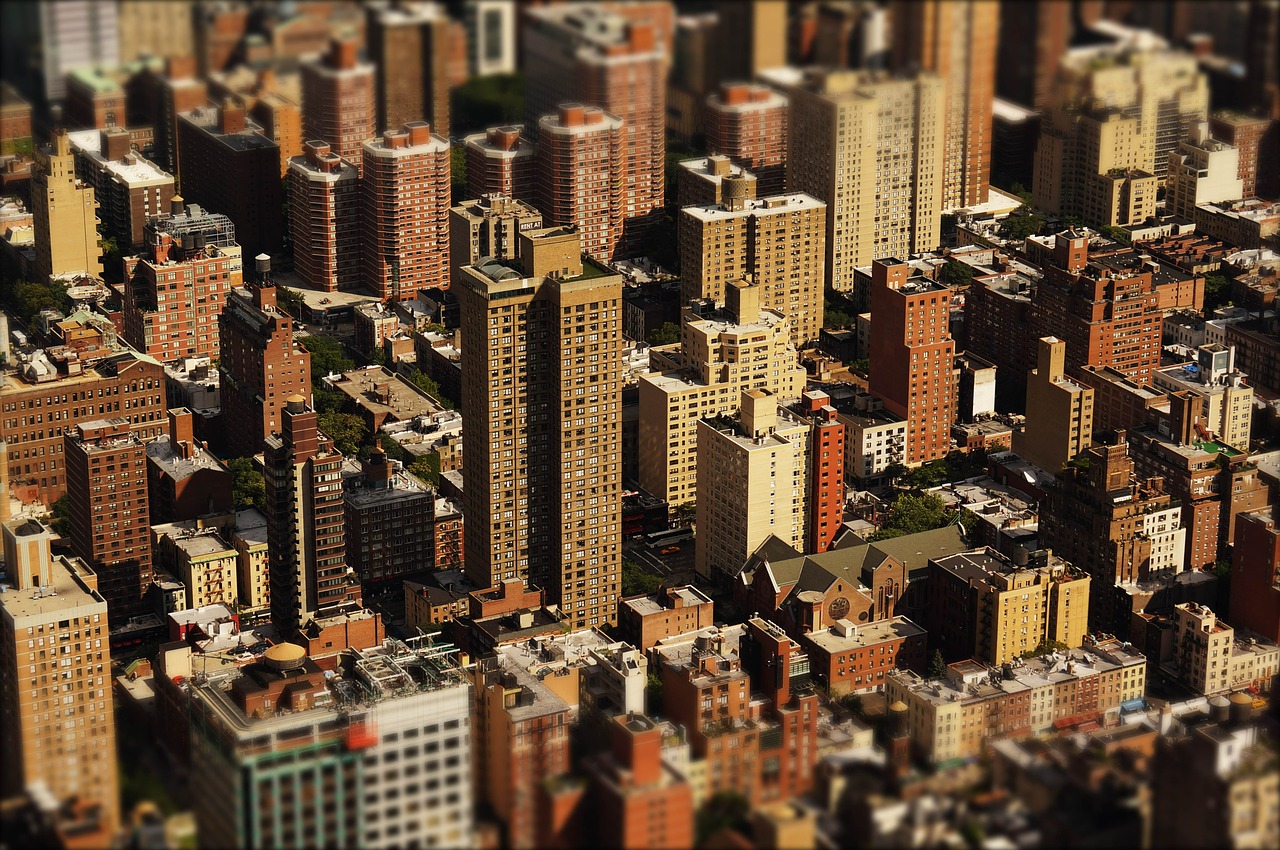There are several factors that are shaping the commercial real estate (CRE) market today. We are going to look at a few of those and see how some can be so diverse yet still interconnected. Looking at these trends will help us see the overall big picture of how 2016 will shape up. For both investors and realtors, the market for 2016 is looking
Senior Housing
According to Akerman LLP, who surveyed real estate executives as part of the law firm’s annual report on CRE, “The ranks of those age 65 and older are swelling by the thousands each day, with the potential to reach 71 million by 2030.” And with that, there has been a steady growth of seniors housing popping up and we’re seeing developers really booming in this sector.
Expansion of the 18-Hour Cities
 What is an 18-hour city, you ask? An 18-hour city basically combines the best of both worlds between the larger, 24-hour cities (where you can order take-out until 3am) and smaller cities that stick to the more traditional 9–5 business hour schedule. 18-hour cities are emerging as a more affordable option compared to larger markets for real estate investors. They tend to have lower cap rates, and property values are more on the stable side.
What is an 18-hour city, you ask? An 18-hour city basically combines the best of both worlds between the larger, 24-hour cities (where you can order take-out until 3am) and smaller cities that stick to the more traditional 9–5 business hour schedule. 18-hour cities are emerging as a more affordable option compared to larger markets for real estate investors. They tend to have lower cap rates, and property values are more on the stable side.
One of the top 18-hour cities to look out for in 2016 is Denver. But, that isn’t the only one to keep an eye on if you’re looking to invest in real estate. Some other 18-hour cities are Philadelphia, Atlanta, and Phoenix. If you are looking into investing real estate, be sure to look at the 18-hour cities market too. Gateway cities can be extremely pricey and difficult to invest in.
The Suburbs
Much like the 18-hour cities, the suburbs are thriving for Millennials looking for something outside of the gateway market. The suburbs are not a thing of the past. 84 percent of all jobs in the top 40 metro centers are now located outside of the city centers. The job markets are growing in the suburbs close to the metro centers. Keep an eye out as the suburbs keep growing.
Decreased Need for Parking
In a world where a majority of people are opting to go green, we are seeing millennials change their forms of transportaion. People are taking advantage of mass transit, ride sharing, bicycles, and walking to get to and from work, creating a lower demand for employee parking.
As developers are planing for future commercial sites, they can re-allocate the portion of land that would have been devoted to parking and better accommodate a thriving workforce.
Off-Price Retailers
From Nordstrom Rack to T.J. Maxx and Saks Fifth Avenue OFF 5TH, we are seeing an ever growing competition of off-price retailers opening as the traditional department and retail stores are forced to compete with online retailers. Nordstrom Rack now has more locations than Nordstrom’s full-price stores in the U.S. and Canada.
Macy’s now has joined the ranks by opening Macy’s Backstage. Off/Aisle by Kohl’s and Find @ Lord & Taylor are the latest to join the off-price market. Almost everyone is getting their feet wet in this market. And, we can see why…in 2015, revenue reached nearly $45 billion in the off-price apparel and footwear market.
